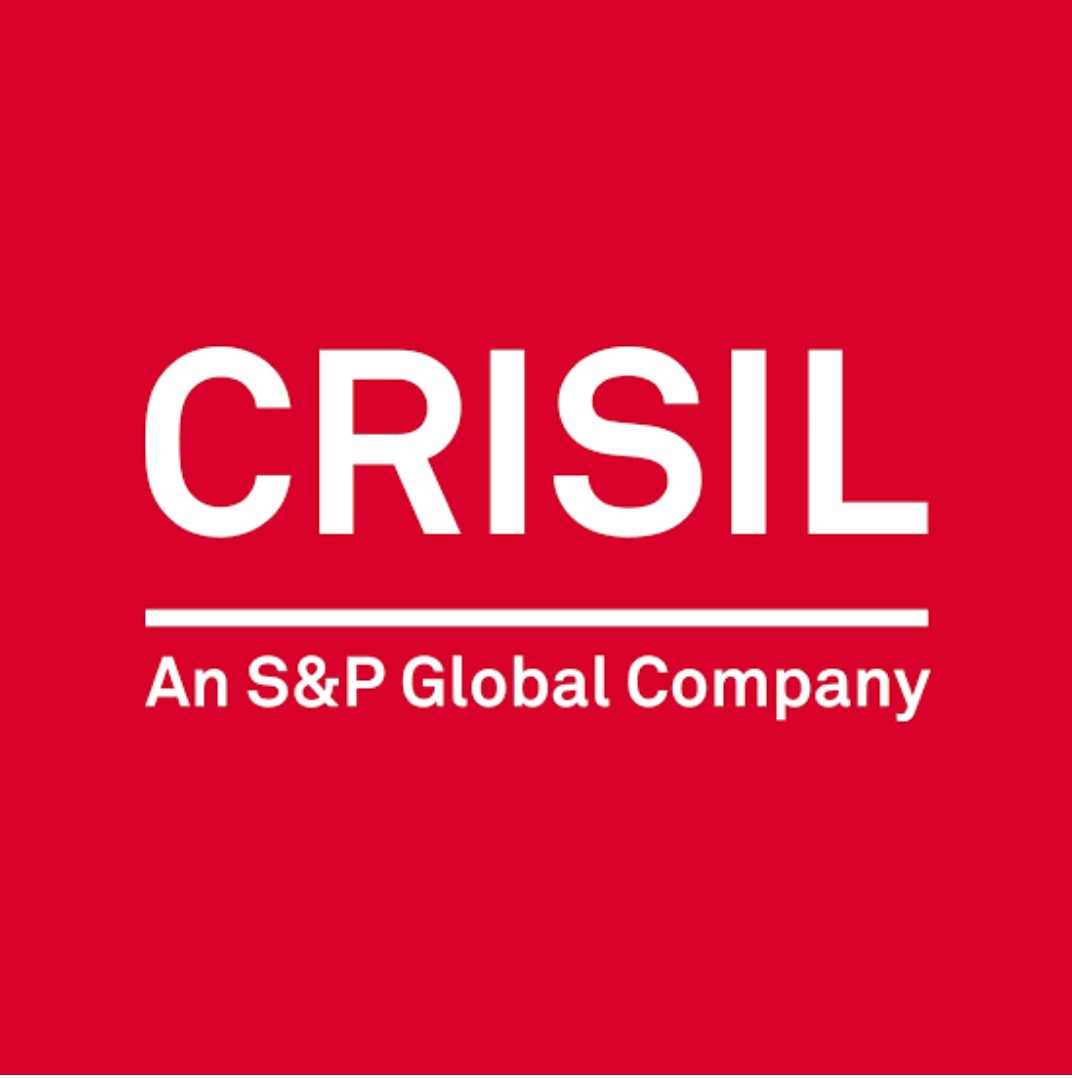
CRISIL Rating believes that it may be time to alter the balance in the Indian corporate bond market, which has been skewed towards ‘AAA’ and ‘AA’ rating categories for long now, with the share of ‘A’ category rated bonds at a mere 4%1.
There are many reasons for this. Firstly, credit metrics of ‘CRISIL A’ category rated corporates have improved substantially and are now on a par with those of ‘CRISIL AA’ category rated corporates seven years ago. As a consequence, the default rates for ‘CRISIL A’ category rated corporates have reduced over the past seven years. Secondly, ‘A’ category rated bonds also offer better risk-adjusted returns compared to their ‘AA’ counterparts.
Investors generally avoid bond issuances below ‘AA’ category as they tend to club mid-rated issuances (includes ‘BBB’ and ‘A’ category ratings) with ‘non-investment grade’2 issuances. This could be attributed to the perception that debt protection metrics of mid-rated corporates carry materially higher volatility and default risk.
Contrary to the perception, a recent CRISIL Ratings study of ‘mid-rated’ issuers indicates strong business growth and improved balance sheets having resulted in strengthening of credit profiles of ‘CRISIL A’ category rated issuers over the past seven years. Buoyant economic growth especially in the recent past, increasing industry consolidation towards the organised segment, continuous deleveraging, digital advancement and prudent liquidity management practices adopted by the corporates have contributed to this improvement.
The improvement in the credit profile of ‘A’ category rated corporates is evident in their strengthened debt protection metrics. Median interest coverage3 and median gearing4 of these entities was ~9 times and ~0.4 time, respectively, in fiscal 2023, which are better than levels seen among ‘AA’ category rated players in 2017 (see Chart 1 in annexure).
Says Gurpreet Chhatwal, Managing Director, CRISIL Ratings, “Default rates, too, have improved for ‘CRISIL A’ category rated corporates, with the three-year cumulative default rate declining from 1.9% during fiscals 2007-2017 to 0.9% for fiscals 2013-2023 (see chart 2 in annexure). Besides steady improvement in debt protection metrics, enhanced credit discipline brought in by policy measures such as the Insolvency and Bankruptcy Code (IBC) and increased regulatory disclosures for listed companies have supported a steady decline in default rates.”
Having said that, the default rates for ‘CRISIL A’ category rated corporates are marginally higher than their ‘CRISIL AA’ category counterparts. Even after adjusting the marginally higher default risk, the risk-adjusted returns for ‘A’ category rated bonds have been considerably higher than ‘AA’ category rated bonds by around 40-60 basis points over the past three years (see chart 3 in annexure).
Thus, there is a compelling case for altering the mix, thereby deepening the market.
Says Gautam Shahi, Director, CRISIL Ratings, “Deepening of the bond market will be a win-win for all. Inclusion of mid-rated bonds in investor portfolios will not only provide higher risk-adjusted returns but will also enable better portfolio diversification as ‘A’ category rated corporates are spread across more industries than their higher rated counterparts. Deepening of the bond market will also provide ‘A’ category rated corporates access to an alternative source of financing at competitive rates while gradually reducing the onus on banks and non-banking financial corporations (NBFCs) to fund them.”
1 ‘A’ category rated bonds are 4% of the total corporate bond issuances in fiscal 2023
2 Non-investment grade ratings include ‘BB’ and below rating categories
3 Interest cover = Earnings before interest, tax, depreciation and amortisation (Ebitda) by finance cost
4 Gearing = Total debt by networth










